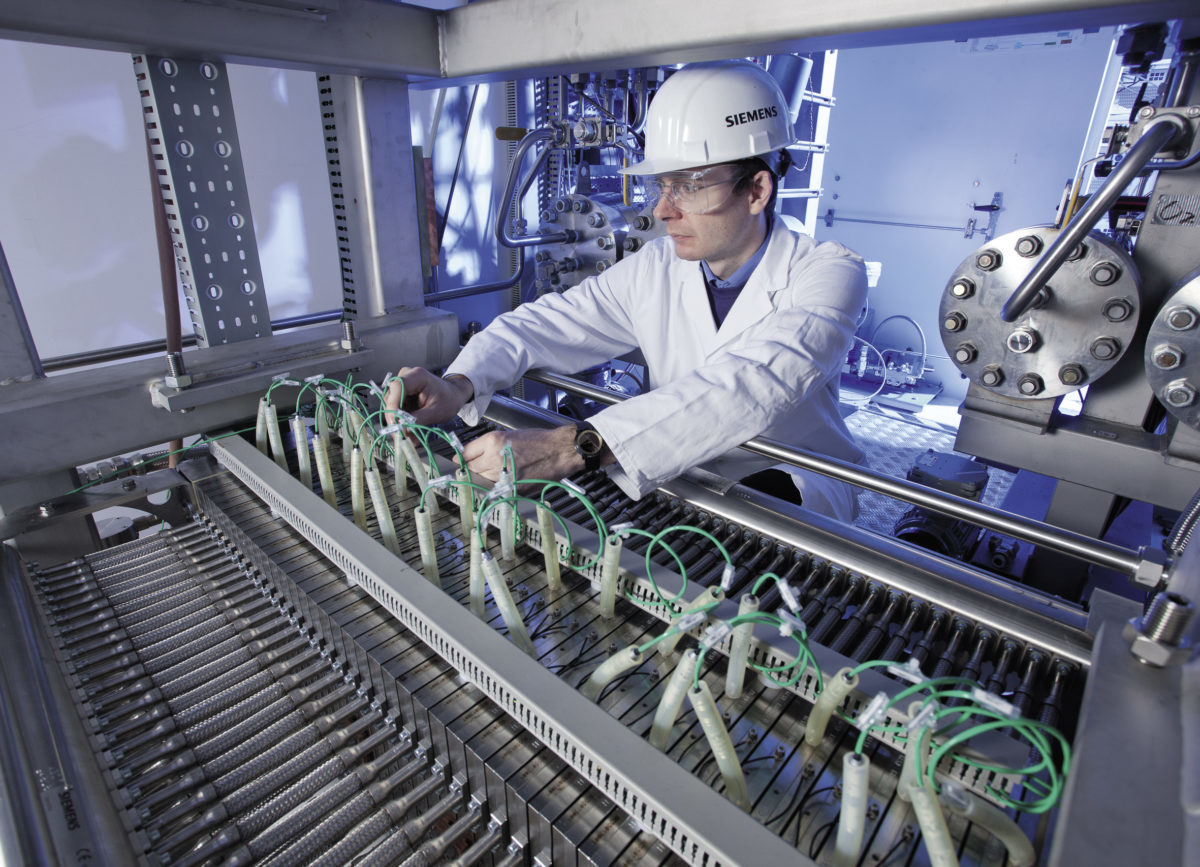State-owned NTPC, India’s largest power producer, intends to undertake pilot projects on hydrogen fuel cell-based electric vehicles in India for demonstration and use in public transportation. Initially, five such buses and cars each in New Delhi and Leh (a district in union territory Ladakh) are planned. Subsequently, the project may be expanded to roll out fuel cell electric vehicles in other cities also.
The power producer has sought global Expression of Interest (EOI) from manufacturers for the supply of hydrogen fuel cell buses and cars for the pilot project. The EoI has been issued by its wholly-owned subsidiary, NTPC Vidyut Vyapar Nigam (NVVN) Limited.
The move to procure hydrogen fuel cell-based vehicles is first of its kind project in the country, wherein a complete solution from green energy to the fuel cell vehicle would be developed.
The initiative, undertaken with the support of Ministry of New and Renewable Energy, will harness renewable energy for the generation of hydrogen and develop its storage and dispensation facilities as part of pilot projects at Leh and Delhi.
The applicants identified through EOI shall be asked to submit commercial proposals for undertaking pilot projects in some of the locations. The plans shall be scaled up further for additional requirements.
Scope of work
In addition to investing in buses and cars, NTPC shall arrange renewable energy for the project for hydrogen generation and set up hydrogen generation and dispensing stations at locations based on the inputs received from various applicants. It shall also coordinate with local/State transport authorities for the operation of vehicles for public transport.
The fuel cell vehicle manufacturer shall provide operational and technical inputs required for planning and operation of the pilot project regarding the vehicles and related eco-system like hydrogen dispensation requirement, the requirement of hydrogen in Kg/km and battery details and passenger capacity, along with after-sales support.
This content is protected by copyright and may not be reused. If you want to cooperate with us and would like to reuse some of our content, please contact: editors@pv-magazine.com.









This is with reference to the article on Hydrogen Buses and Vehicles in India by NTPC.
Hydrogen is a very Dangerous, Explosive, Gas.
One needs to remember the Hindenburg, in 1937, that “exploded” (actually burnt in minutes) while trying to land/dock in New Jersey, USA.
Unfortunately, this also brought to an end the ” Airship Era” with Global Cruising at a leisurely pace… than the present, hectic, polluting jet air travel. The root cause was that the US banned the export of Helium, an inert light gas. So, while the original design, was to use Helium; due to this ban, the Germans had to, reluctantly, use Hydrogen.
I think it makes a lot more sense to use Compressed Air Vehicles (CAV’s) which relies only on Compressed Air, which is abundantly available too.
Tata’s, in India, have “promised” commercial sale of CAV’s for several years now. I would urge pv magazine to cover CAV’s, which hold an even larger “promise of a Clean, Green and Sustainable Future… and Tata’s are the one leading this effort in India… right now.